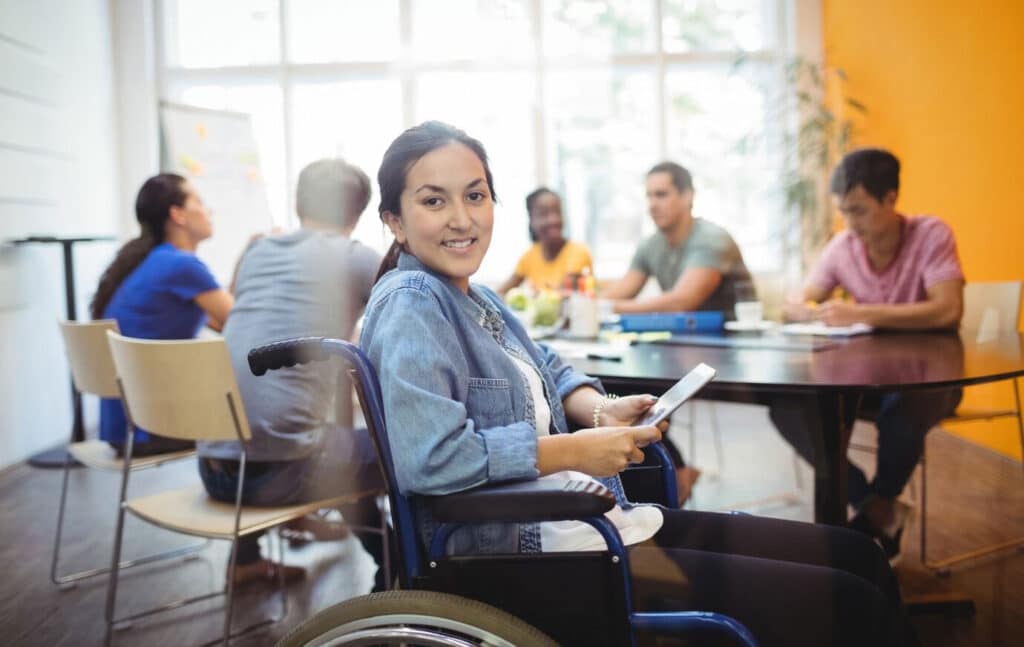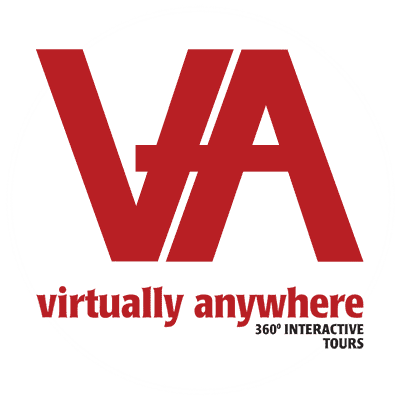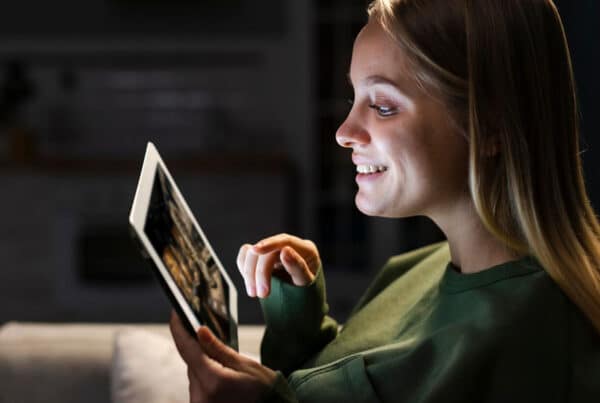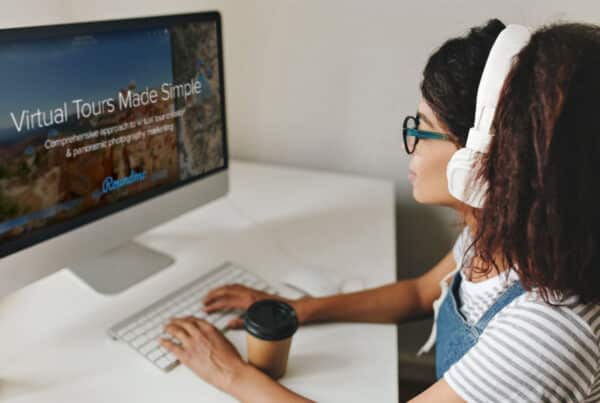Introduction
In the age of digital transformation, virtual tours have emerged as powerful tools for educational institutions worldwide. These immersive experiences offer a glimpse into campus life, academic facilities, and the vibrant community that awaits students, alumni, and donors. As the world becomes more connected, the demand for targeted virtual tours has surged, catering to the unique needs of international students, students with disabilities, and alumni and donors. This blog post delves into the significance of these virtual tours, exploring how they bridge gaps, promote inclusivity, and foster engagement.
Virtual Campus Tours for International Students

Bridging the Gap for Prospective International Students
International students face unique challenges when considering studying abroad, from understanding the campus environment to getting a feel for the cultural and social dynamics of the institution. Virtual campus tours play a pivotal role in bridging this gap. They provide a comprehensive view of the campus, showcasing not only the academic buildings but also the living spaces, dining options, and recreational facilities.
Virtual tours can offer an immersive experience that helps international students visualize their potential new home. These tours often include interactive maps, 360-degree views, and even virtual reality (VR) experiences that make the exploration process engaging and informative. By offering these virtual experiences, institutions can significantly reduce the uncertainties that international students may have, making them feel more confident in their decision to study abroad.
Highlighting Cultural Inclusivity and Support Services
One of the key aspects of attracting international students is demonstrating a commitment to cultural inclusivity and support services. Virtual tours provide an excellent platform to highlight these features. Institutions can showcase cultural centers, international student offices, and support services that cater specifically to the needs of international students. This can include language support programs, cultural festivals, and international student orientation sessions.
Moreover, virtual tours can feature testimonials and interviews with current international students, providing a firsthand account of their experiences. These narratives can offer valuable insights into the campus culture, helping prospective students feel more connected and assured about their choice. By emphasizing cultural inclusivity and robust support services, institutions can effectively attract and retain international students.
Virtual Tours for Students with Disabilities

Designing Accessible Virtual Tours
Creating accessible virtual tours is crucial to ensuring that students with disabilities can explore campus facilities comfortably and independently. Accessibility in virtual tours means incorporating features that cater to various disabilities, including visual, auditory, and mobility impairments. This can involve the use of screen readers, captioning, audio descriptions, and easy navigation options.
Institutions should collaborate with disability support services and technology experts to design virtual tours that meet the highest accessibility standards. This ensures that all prospective students, regardless of their disabilities, can have an equal opportunity to explore the campus. By prioritizing accessibility, institutions demonstrate their commitment to inclusivity and equal access to education.
Showcasing Campus Facilities and Support for Disabled Students
Virtual tours for students with disabilities should prominently feature accessible campus facilities and support services. This includes highlighting accessible classrooms, dormitories, dining halls, and recreational areas. Virtual tours can also showcase adaptive technology labs, disability support offices, and counseling services that provide assistance to students with disabilities.
Additionally, institutions can use virtual tours to demonstrate their commitment to ongoing improvements in accessibility. This can involve highlighting recent renovations or planned projects aimed at enhancing accessibility on campus. By showcasing these efforts, institutions can assure prospective students and their families that their needs will be met and supported throughout their academic journey.
Virtual Tours for Alumni and Donors

Engaging Alumni and Potential Donors Through Virtual Tours
Alumni and donors are integral to the growth and development of educational institutions. Engaging this audience through virtual tours can strengthen their connection to the institution and inspire continued support. Virtual tours for alumni and donors can be tailored to showcase the latest developments, achievements, and future plans of the institution.
These tours can feature significant landmarks on campus, recent renovations, and newly constructed buildings. Additionally, virtual tours can include interviews with faculty, staff, and current students, providing a comprehensive view of the institution’s current state and future direction. By keeping alumni and donors informed and involved, institutions can foster a sense of pride and investment in their ongoing success.
Highlighting Recent Campus Developments and Projects
Virtual tours for alumni and donors should emphasize recent campus developments and ongoing projects that require funding and support. This can include new research facilities, scholarship programs, and community outreach initiatives. By showcasing these projects, institutions can demonstrate their commitment to growth, innovation, and social responsibility.
Furthermore, virtual tours can highlight specific areas where alumni and donor contributions have made a significant impact. This can involve featuring stories of students who have benefited from scholarships, research breakthroughs made possible by funding, and community programs supported by donations. By illustrating the tangible impact of their contributions, institutions can encourage continued support from their alumni and donor base.
Summary and Key Takeaways
In the digital age, virtual tours have become essential tools for educational institutions to connect with prospective students, alumni, and donors. Targeted virtual tours for international students, students with disabilities, and alumni and donors offer unique benefits and help bridge various gaps.
- Virtual Campus Tours for International Students: These tours help international students visualize their potential new home, reducing uncertainties and fostering confidence in their decision to study abroad. Emphasizing cultural inclusivity and support services further enhances their appeal.
- Virtual Tours for Students with Disabilities: Designing accessible virtual tours ensures that students with disabilities can explore campuses independently. Highlighting accessible facilities and support services demonstrates an institution’s commitment to inclusivity.
- Virtual Tours for Alumni and Donors: Engaging alumni and donors through virtual tours strengthens their connection to the institution and inspires continued support. Highlighting recent developments and ongoing projects showcases the impact of their contributions.
By leveraging the power of virtual tours, educational institutions can create inclusive, engaging, and informative experiences that resonate with diverse audiences, fostering a sense of belonging and commitment to the institution’s mission and goals.
In conclusion, targeted virtual tours are not just a technological advancement but a strategic tool to enhance engagement, inclusivity, and support across various demographics. Institutions that invest in creating high-quality, accessible, and informative virtual tours will not only attract and retain international students and students with disabilities but also strengthen their relationships with alumni and donors. Through these efforts, they can build a more connected, inclusive, and supportive academic community.




